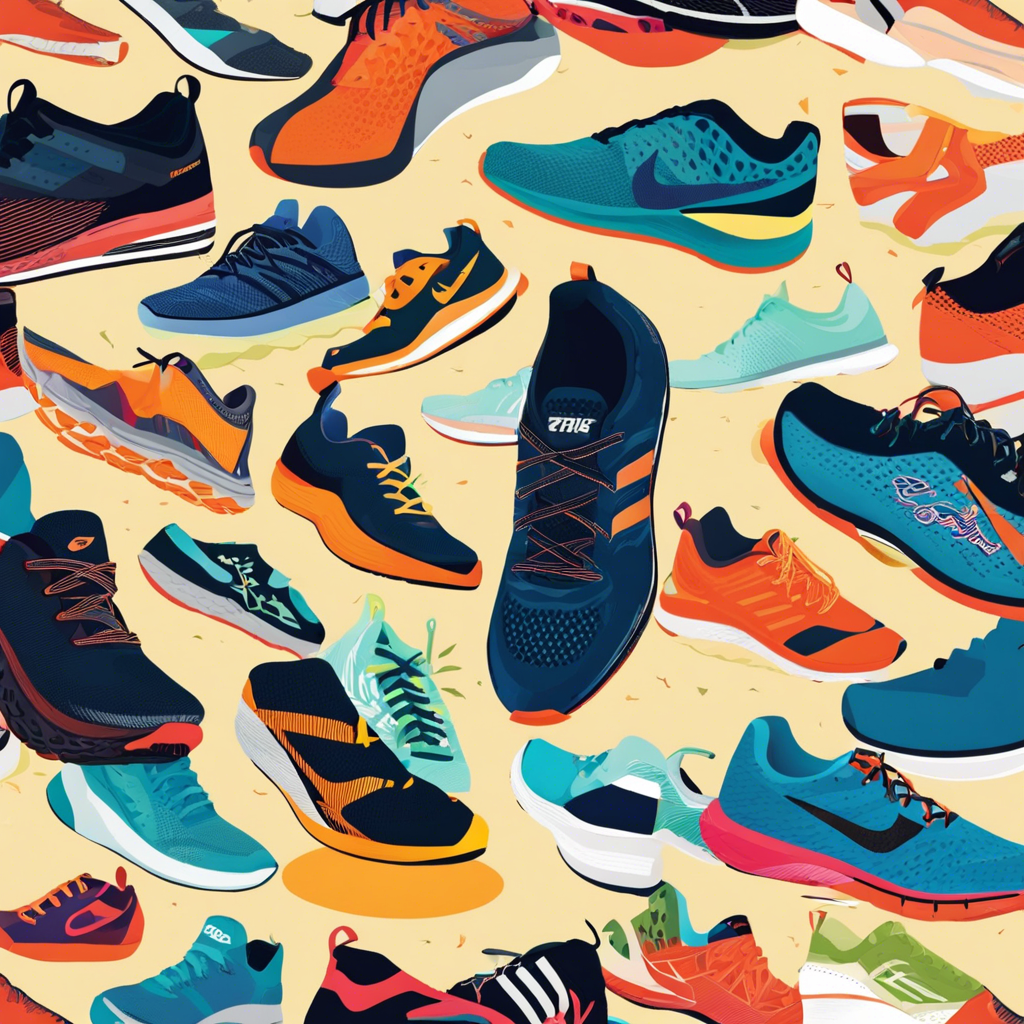Choosing the right workout shoes can seem daunting, with the market flooded with options designed for specific sports and activities. However, taking the time to select the perfect pair for your needs is crucial to enhancing your performance, preventing injury, and ensuring overall comfort. So, how do you navigate this minefield of athletic footwear? This guide will help you choose the right shoes and have you stepping out confidently towards your fitness goals.
First, consider the type of exercise you’ll be doing. Different activities place varying demands on your feet and therefore require specific shoe characteristics. For example, running shoes are designed for heel-to-toe movement and provide cushioning for impact, whereas training shoes offer more flexibility and lateral support for gym workouts and classes. If you’re into court sports like tennis or squash, you’ll need a pair that provides excellent lateral stability to support quick, multi-directional movements.
Next, think about your foot type and mechanics. Do you have high arches, flat feet, or neutral arches? This will influence the level of arch support and cushioning you require. Those with high arches tend to need more cushioning, while flat-footed individuals often benefit from motion-control shoes with firm midsoles and good arch support. Neutral-arched feet typically fall somewhere in between. It’s worth visiting a specialist store to get your feet analyzed and to understand your unique needs.
The fit of the shoe is also critical. Ensure there’s a thumb’s width of space between your longest toe and the end of the shoe, and that the heel doesn’t slip when you walk or run. The width should also accommodate your foot without pinching or feeling too roomy. Don’t be tempted to buy shoes that are too small, thinking they’ll stretch – this can lead to discomfort and even injury.
Additionally, consider the materials used. Breathable fabrics will keep your feet cool and comfortable during intense workouts, while water-resistant treatments can be useful for outdoor activities. Some shoes also offer antimicrobial treatments to prevent odor and bacteria buildup, which can be a godsend if you plan to wear them for extended periods.
The level of cushioning is another key factor. More cushioning doesn’t always equal better – it depends on your preferences and the type of activity. Distance runners, for example, often favor shoes with more padding, while sprinters might opt for a more stripped-back, lightweight design.
Finally, don’t forget to consider the shoe’s durability. Check reviews to see how long they typically last, especially if you plan to use them frequently. The outsole should be robust enough to withstand the wear and tear of your chosen activity, and the upper should be sturdy yet flexible in the right places.
Remember, the right pair of workout shoes should feel like an extension of your body, empowering you to move with confidence and reach your fitness goals. Happy hunting!
Now, go forth and conquer your fitness goals! Choosing the right shoes is the first step to a healthier, happier you.
